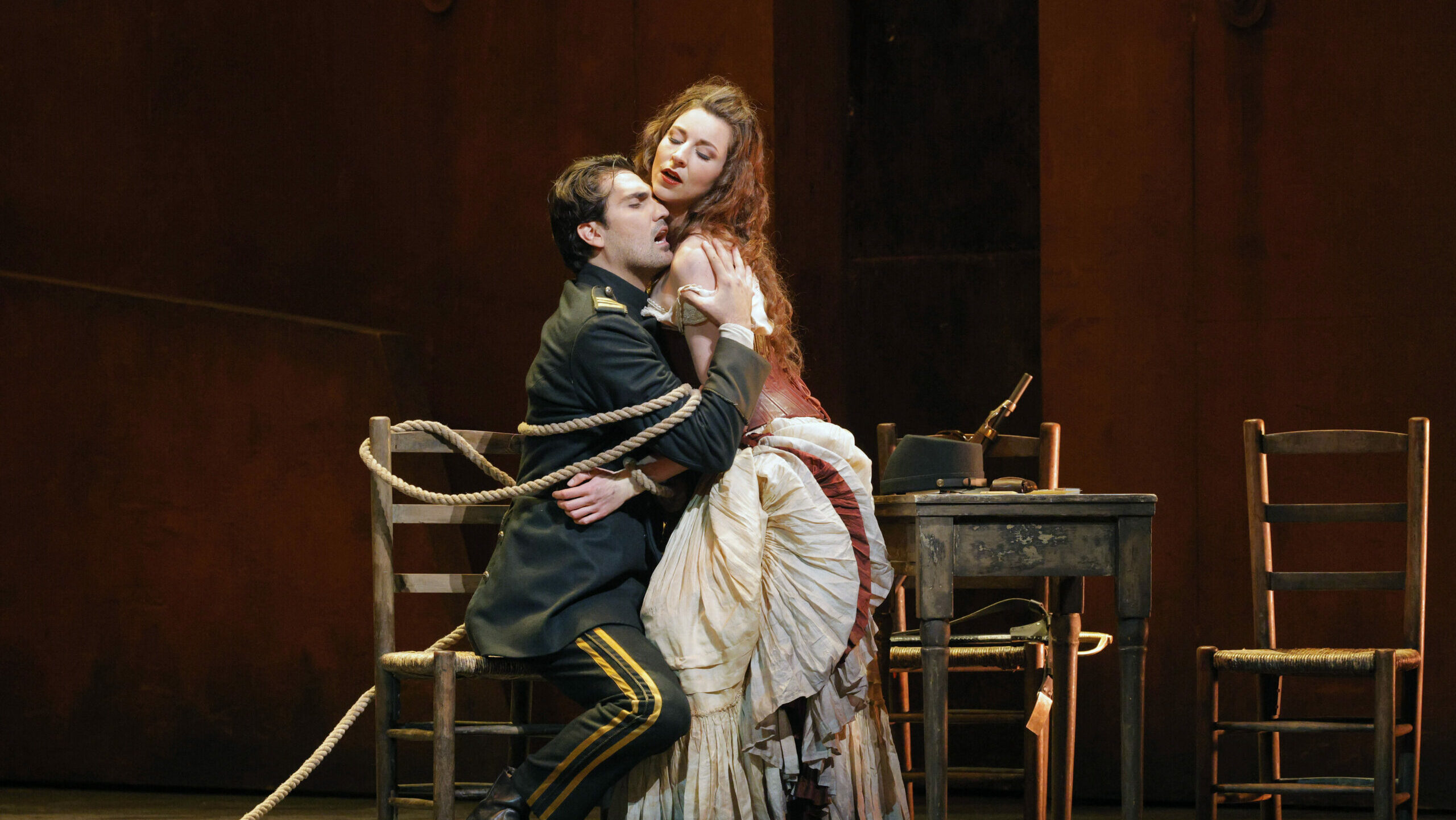
By not attending, you’d be missing out on one of the most electrifying performances of the season, for this gem of a revival of George Frideric Handel’s 1730 Partenope, which opened on Saturday, June 15th, sparkled brighter than Queen Charlotte’s diamonds, offering a unique and humorous take on romantic relationships that is undoubtedly not to be missed!
Partenope occupied a special place in Handel’s opera oeuvre as it marked a return to a more “comic” opera seria since 1709’s Agrippina, in terms of the lighter texture musically and humorous characteristically. Historically, it appeared in between the two Handel’s creative peak trilogies, the 1724-25 collaborations with Nicola Francesco Haym — Giulio Cesare, Tamerlano, Rodelinda — and the 1733-35 adaptations of adaptations of Ludovico Ariosto, Orlando, Ariodante, and Alcina. In a review, musicologist David Vickers asserted that Partenope, together with the well-known Serse and the penultimate Imeneo (all three adapted from Italian poet Silvio Stampiglia’s works), “form an equally brilliant and impressive trilogy that stands beside its more heroic or magical siblings,” a view that I unequivocally support.
While Partenope’s plot was often loosely described as the foundation of the city of Naples (Partenope was the Queen of Naples) – thus bearing a passing resemblance to what Giulio Cesare did to Egypt – the opera was more interested in becoming ancient-time The Bachelorette, dwelling in frivolous romantic relationships between Partenope and three Princes plus a Shakespearean gender-swapping role. Our very own Judith Malafronte, in one of her two excellent articles in the program notes (both were essential for understanding the opera and the production!), argues,
“Could it have been the ever so slightly feminist tone of the story that attracted the composer? Partenope’s two female characters blow the men out of the water with their fortitude and complexity. Instead of heroic conflicts between love and duty so common to Handel’s other works, we have ‘a psychological study of the relations between the sexes seen largely from the woman’s point of view,’ in the words of Handel scholar Winton Dean.
As the Queen of Naples, Partenope boasts a collection of suitors and enjoys playing them off against each other. […] Rosmira, one of Handel’s very best mezzo-soprano roles, is more complex. She’s come in drag to Partenope’s court to track down the man who jilted her. Even when posing as ‘Eurimene,’ behind her determination and inner torments we see the fascinating, passionate, and witty woman Rosmira is destined to be.”
The very nature of “feminist tone” was extensively explored in Christopher Alden’s production, here staged by Associate Director Roy Rallo. A co-production of the English National Opera and Opera Australia, it premiered in London in October 2008 (even won an Olivier Award a year later) before gracing the War Memorial Opera House stage for the first time in October 2014. In the words of ENO dramaturg Peter Littlefield:
“In this production, we took our inspiration from the Surrealists and their vision of the erotic nature of the psyche. […] We set Partenope’s court in a salon. It’s an elite of socialites, men of affairs and artists who enjoy the daily round of parties, cocktails, and card games. Yet each character is troubled by questions about what these relationships add up to. […] It is left to Ormonte to suggest an approach that seems to elude the others: “In love as in a battle, you have to take a chance.”
Indeed, this production, seen in either its original outing ten years ago or in its revival last Saturday, struck an outstanding balance between telling the story and having enough hijinks to be funny (always a problem for mounting Handel’s “comic” operas on a big stage). Transporting the story into a 1920s Parisian salon with Partenope as the socialite was pure genius, a much better setting than an antiquated Neapolitan throne room (I bet nobody in the audience wished otherwise!). Equally memorable was the decision to cast Emilio – a prince of the neighboring kingdom of Cumae who ended up staying in Partenope’s court and meddling in the affairs – as the Surrealist photographer Man Ray, even to the point of using his Le Retour à la Raison film as video projection during the Act II battle scene! Not only did it provide a much-needed context to be a Surrealist-inspired setting, but it also gave a perfect reason why a defeated prince stayed in Partenope’s court!
Furthermore, this production was truly ahead of its time, and this revival felt more topical now than ten years ago. Partenope’s freedom to love whoever she wanted certainly felt more pressing in light of recent affairs, and Emilio/Man Ray’s obsession with pictures definitely reflected the era of social media influencers. Heck, Partenope could easily be a satire for Taylor Swift!
Andrew Lieberman’s static sets were relatively simple yet effective. Each act had a defining feature: a spiral staircase for Act I, a frequently visited toilet for Act II, and an overhanging ledge (unfortunately hard to see for people sitting on the right side of the house) for Act III. Lieberman chose primarily monochromatic colors for the sets. Yet, they were brought alive by the excellent “shadow play” lighting of the revival lighting designer Gary Marder, providing perfect locations for the nonstop actions on stage. Rallo truly outdid himself with the placements and movements of the singers, which maintained the light-hearted nature of the story without being forced. There was no park-and-bark in this battlefield of love!
As impressive as the production was, the musical aspects of the night truly elevated the performance to a must-see level. But first, the bad news! In the interest of time, several cuts were performed to the score, including four arias from Act I, the Arsace/Rosmira duet “E vuoi, con dure tempre” in Act II, and three arias from Act III, along with various recitative cuts and the Presto section of the Overture. Arsace suffered the most, losing three arias and that duet, unfortunately somewhat weakening his characterization as he lost two of his bravura arias (more on that later). Despite all those cuts, the show, with its two intermissions, still ran for around three and a half hours!
SF Opera assembled an extraordinary cast for this revival from top to bottom, anchored by two solid American and role debuts, French soprano Julie Fuchs in the title role and Italian countertenor Carlo Vistoli as Arsace! (They did have a knack for finding those amazing singers this season, didn’t they?)
I had seen Fuchs twice before, as the title role in the voyeuristic Calixto Bieito-directed L’incoronazione di Poppea in Zurich in 2019, followed by Émilie in the uber-famous hip-hop inspired Les Indes Galantes the following year. Still, her Partenope topped all those roles for me. After a slight tentativeness in the opening aria, “L’amor ed il destin” (probably caused by nerves), she warmed up to present a bright, round voice marked with glorious phrasing and beautiful coloratura. The fascinating aria “Qual farfalletta” in Act II – where Partenope “likens her love life to that of a butterfly flitting around a flame,” according to Malafronte – indeed demonstrated Fuchs’s considerable talents from the clearly defined rapid coloratura, gorgeous trills, to the ease of going up and down the scales effortlessly. In addition, she looked stunning in Jon Morrell’s gowns (and tux!), and she clearly had a lot of fun playing the woman in charge. There was a certain sense of confidence in her acting as Partenope, a woman who knew exactly what she wanted, and that was truly refreshing to see.
If anything, Vistoli was even better. As mentioned above, Arsace lost three arias and a duet, including two of his bravura arias. As a result, Arsace had a string of feeble, shallow love arias that Vistoli made the best of, singing with a sweet tone and demonstrating brilliance occasionally. It wasn’t until “Furibondo spira il vento” that closed Act II that the audience had their eureka moment, seeing what Vistoli could do! With rapid-fire coloratura, excellent phrasing, a multitude of nuances and colors, great dynamics, and, above all, outstanding breath control, Vistoli unleashed Arbace’s frustration of being torn between his desire for Partenope and his love for Rosmira. His breath control was awe-inspiring, for he maintained all those long, arduous coloratura passages in a single breath effortlessly while still moving all over the stage! After that, the audience erupted in a loud rapture, a perfect way to end an act!
The other countertenor, New York-based Nicholas Tamagna, excelled as the lovesick puppy Armindo. Greatly acclaimed in his debut as Narciso in the Metropolitan Opera’s recent Agrippina, which my colleague Christopher Corwin praised for his “intensity and heartfelt singing,” Tamagna imbued his timid Armindo with a sense of dignity and never let him fall into the pathetic category. Furthermore, there was a degree of warmth in his voice that differentiated himself from Vistoli and afforded a grand stature to his characterization as Armindo, making him worthy of Partenope’s love in the end. Tamagna, too, clearly had so much fun during the song-and-dance number in Act III, “Nobil core che ben ama,” without going overboard.
The husband-and-wife dynamic duo, tenor Alek Shrader and mezzo Daniela Mack, originated the roles of Emilio and Rosmira ten years ago and brought a greater understanding to them this time around. Mack, fresh from headlining last year’s Frida y Diego and the recent new production of John Adams’s El Niño at the Met, personified the complex dual-roles of Rosmira and Eurimene wholeheartedly, her dark voice suitably sounded manly and noble. With Rosmira’s losing her first “ballad” aria, her opening two bravura arias, including “Io seguo sol fiero” that closed Act I, made the character statelier than the rest. Mack executed the arias with ferocity, dressed in green suits with a Salvador Dali-inspired thick mustache. Meanwhile, Sharader’s voice had likewise become more prominent and darker, giving the role of Emilio more weight and gravitas than ten years ago. Nevertheless, he was still agile enough for Handel’s coloratura passages, making Emilio a fully rounded character. Baritone Hadleigh Adams, a veteran of SF Opera’s shows, rounded the cast with his winsome take as Partenope’s gay best friend and gave his best performance on the stage so far with his rendition of Ormonte’s single aria, “T’appresta forse Amore,” in which he, as Littlefield mentioned above, taught a new approach to love.
Conductor Christopher Moulds, who previously led Orlando, returned with an urgent reading for Partenope. He turned the SF Opera Orchestra into a (temporary) Baroque ensemble, adopting various HIP practices without sacrificing the Orchestra’s original sounds (Yes, years of Halle Handel Festivals turned my ears more accustomed to HIP ensembles). This was particularly evident in his leading the orchestra during Arsace’s “Furibondo spira il vento.” With a zippy tempo and ferocious attacks on the strings, Moulds truly brought an avalanche in the accompaniment to match Arsace’s state of mind!
This was an incredible achievement for SF Opera, a perfect Season closer to rounding out an exceptionally splendid 2023/24 Season. And SF Opera, if you’re listening, how about Imeneo (or Tamerlano, preferably with Michael Spyres) next, pretty please?
Photos: Cory Weaver/San Francisco Opera
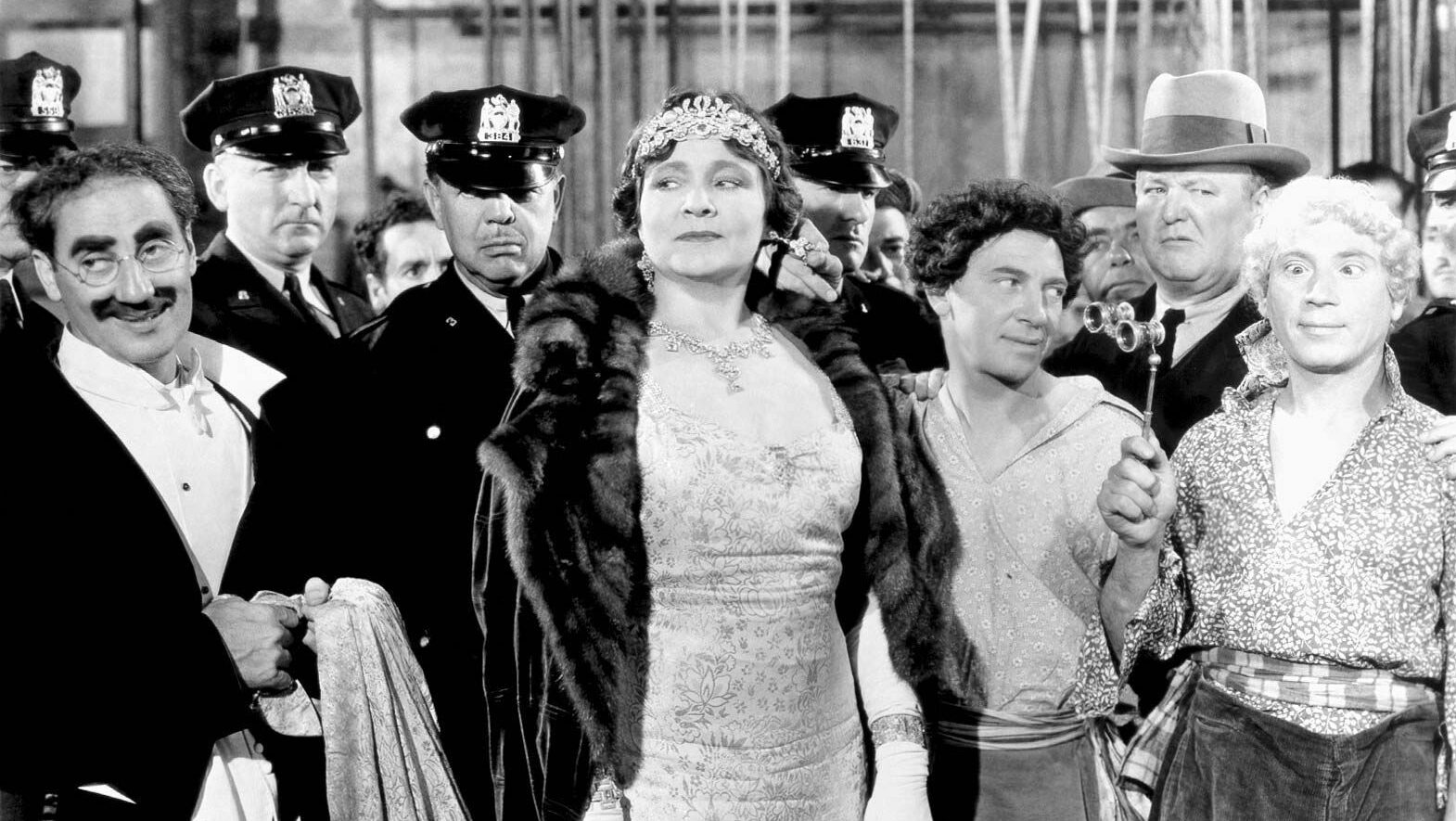
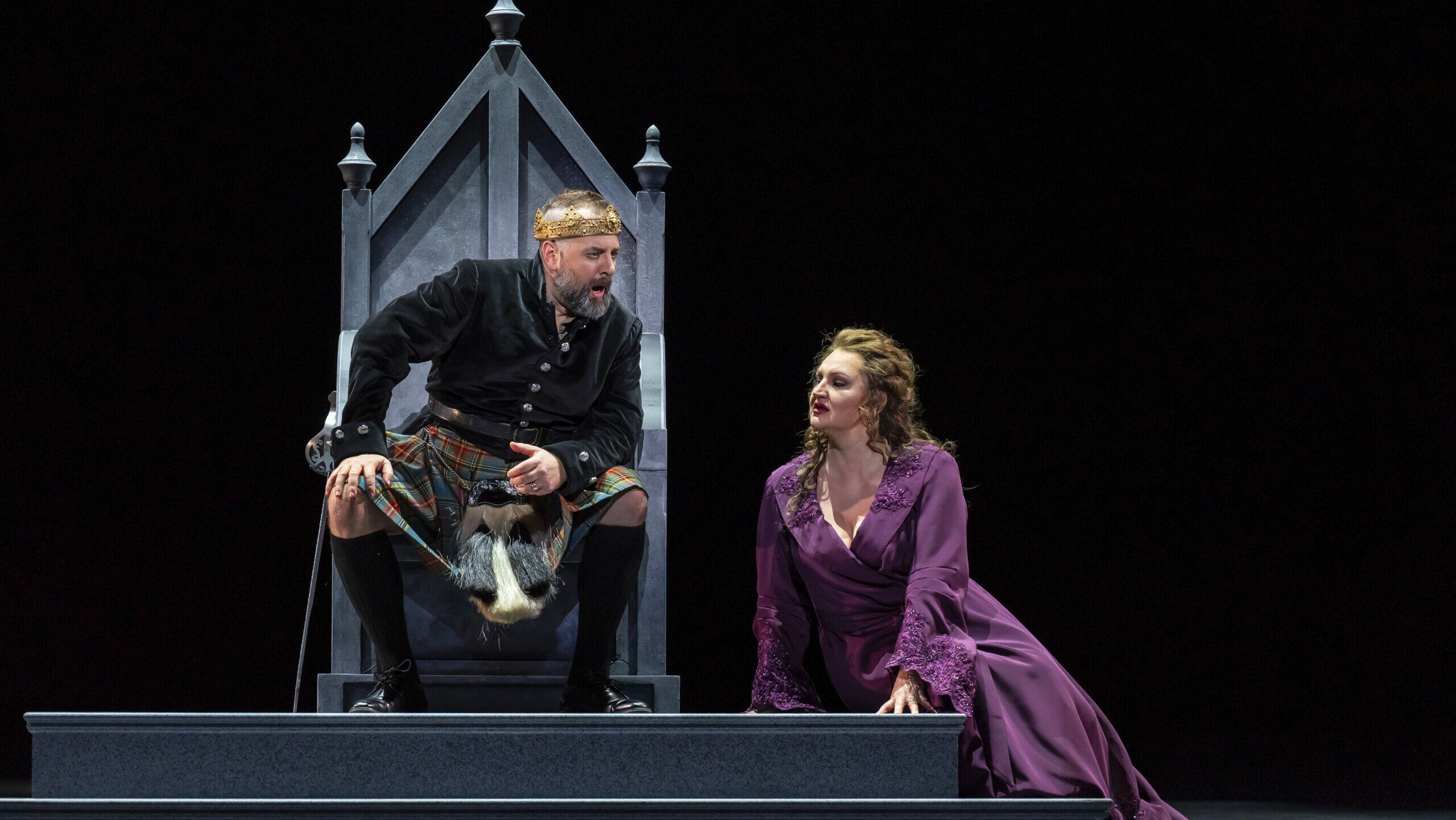
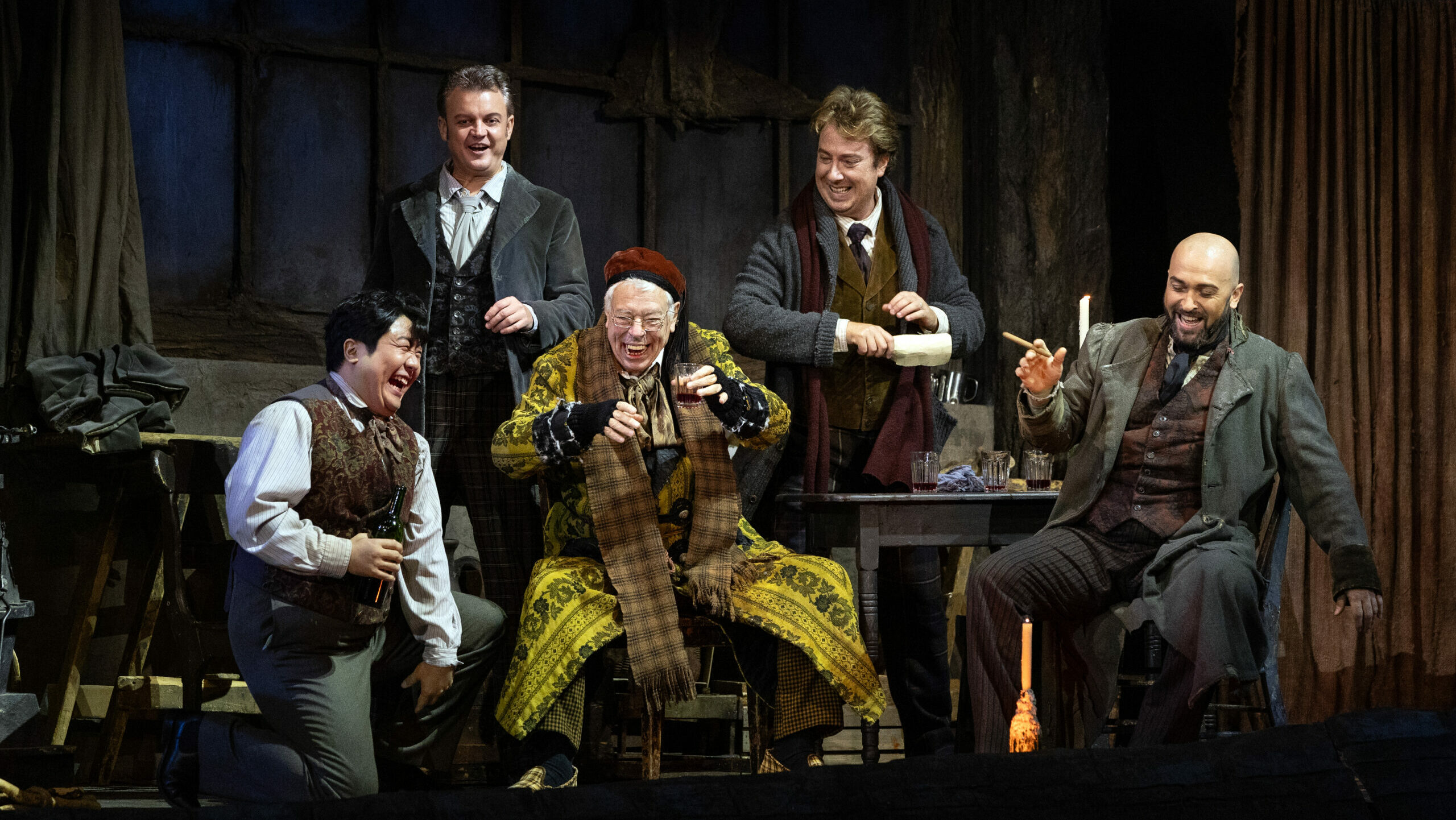
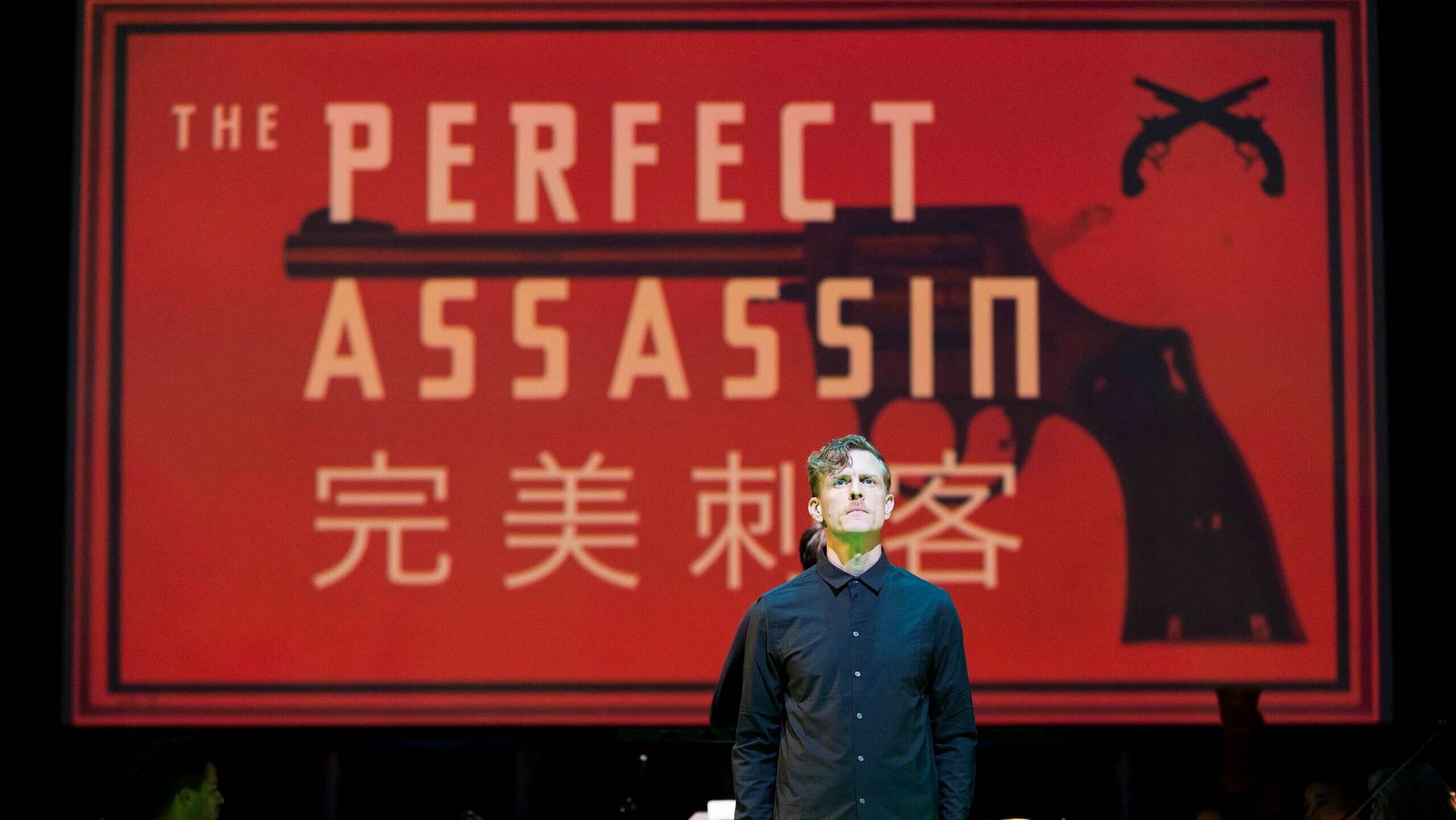
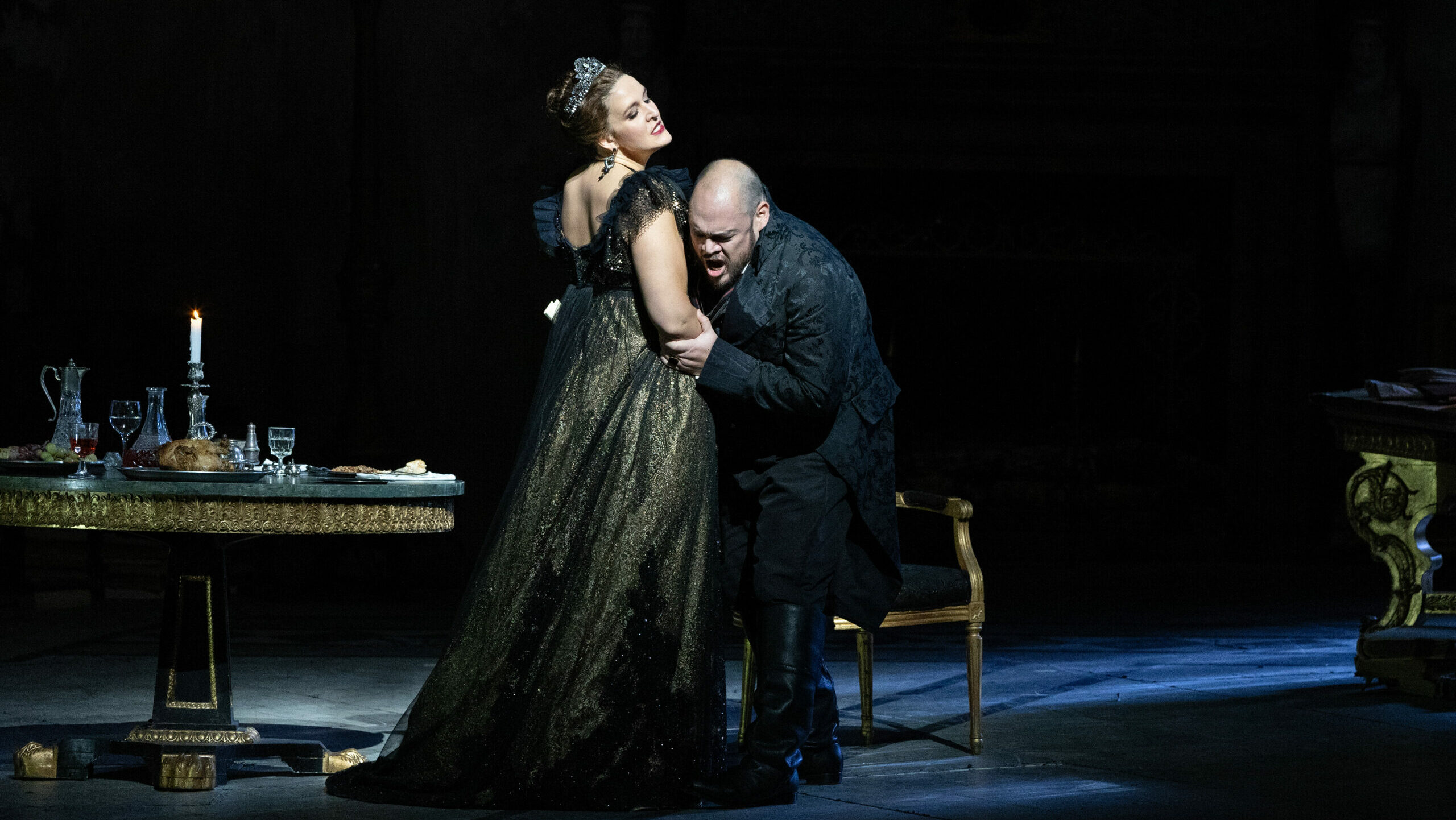
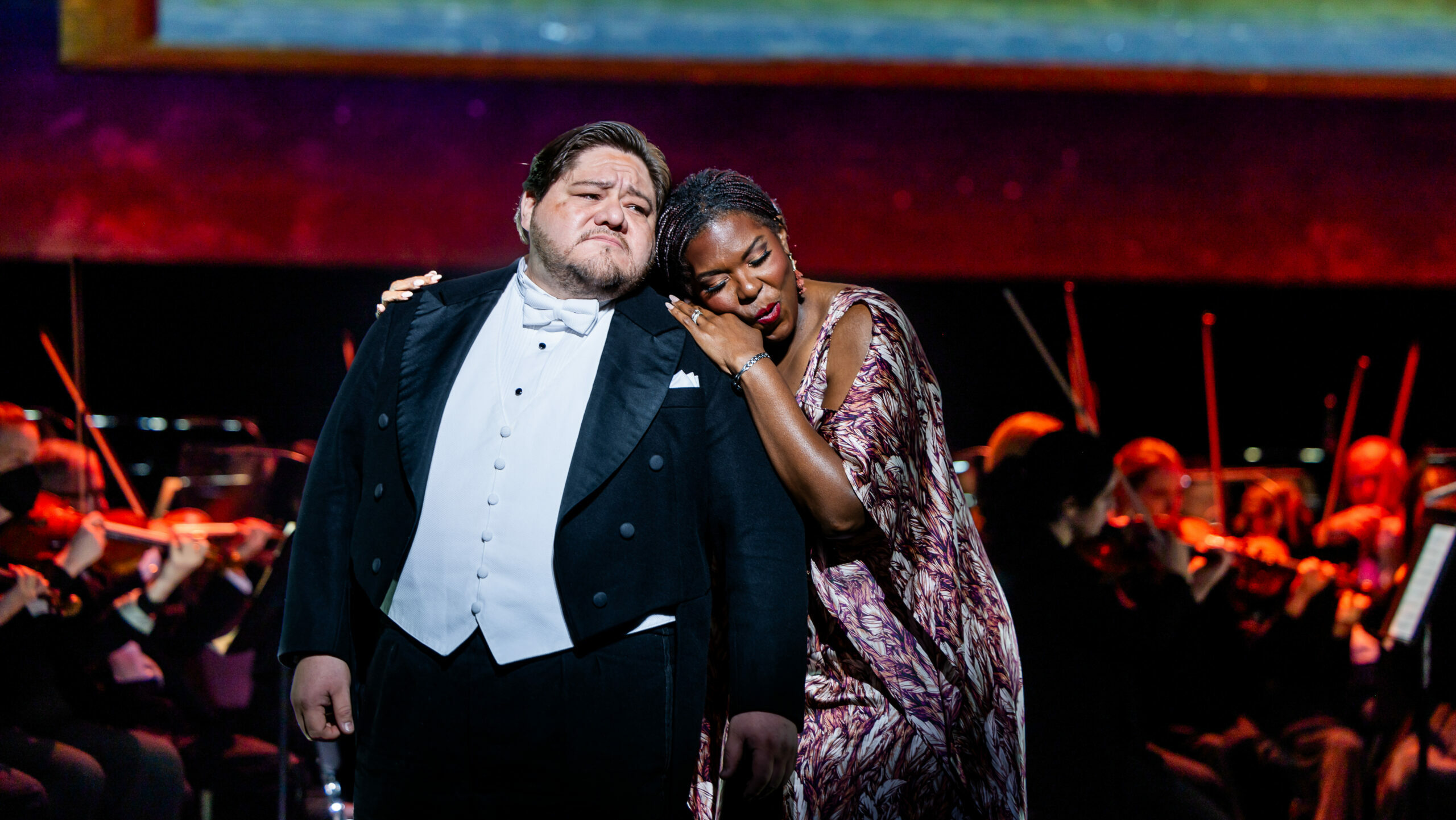

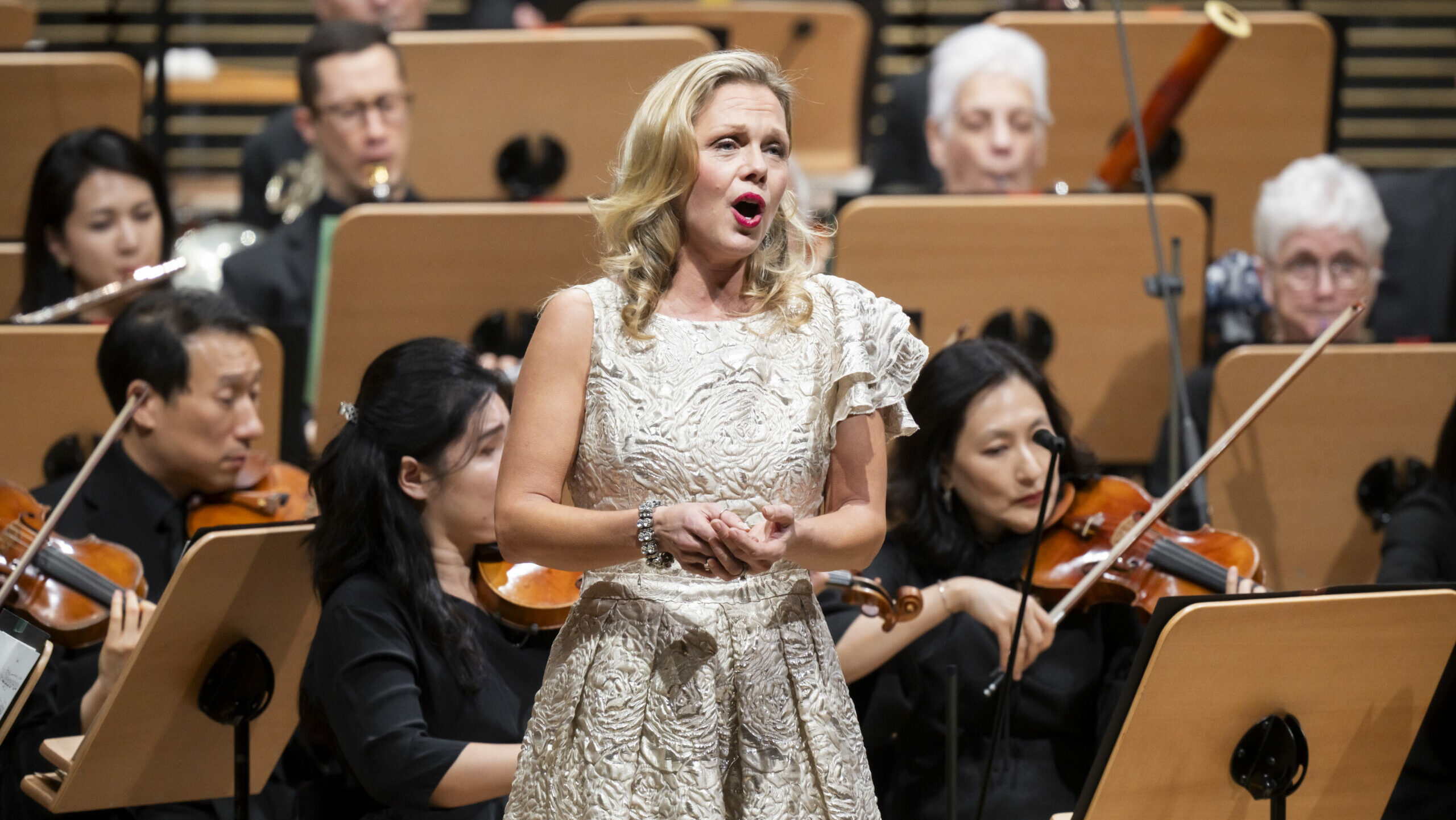
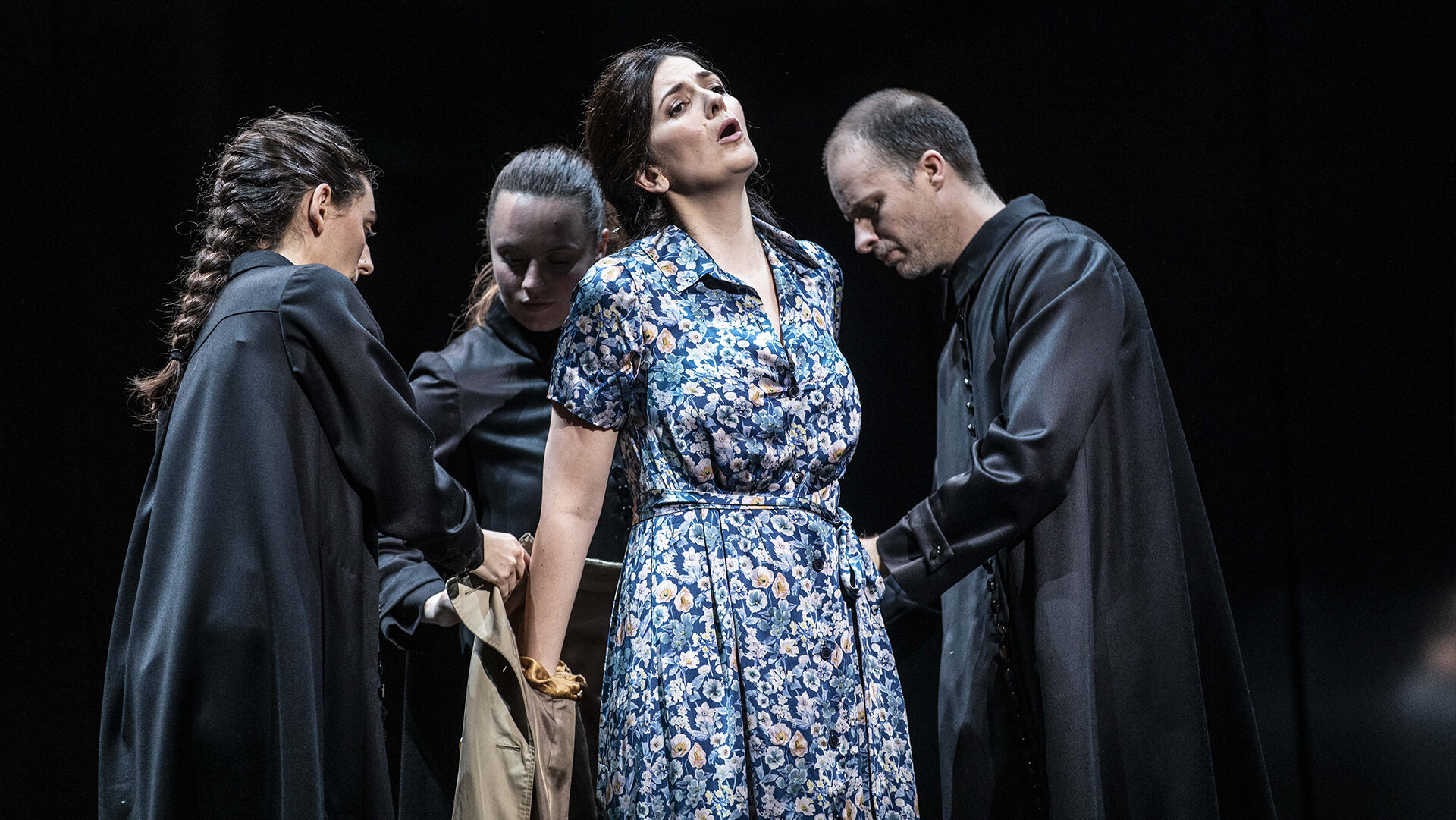
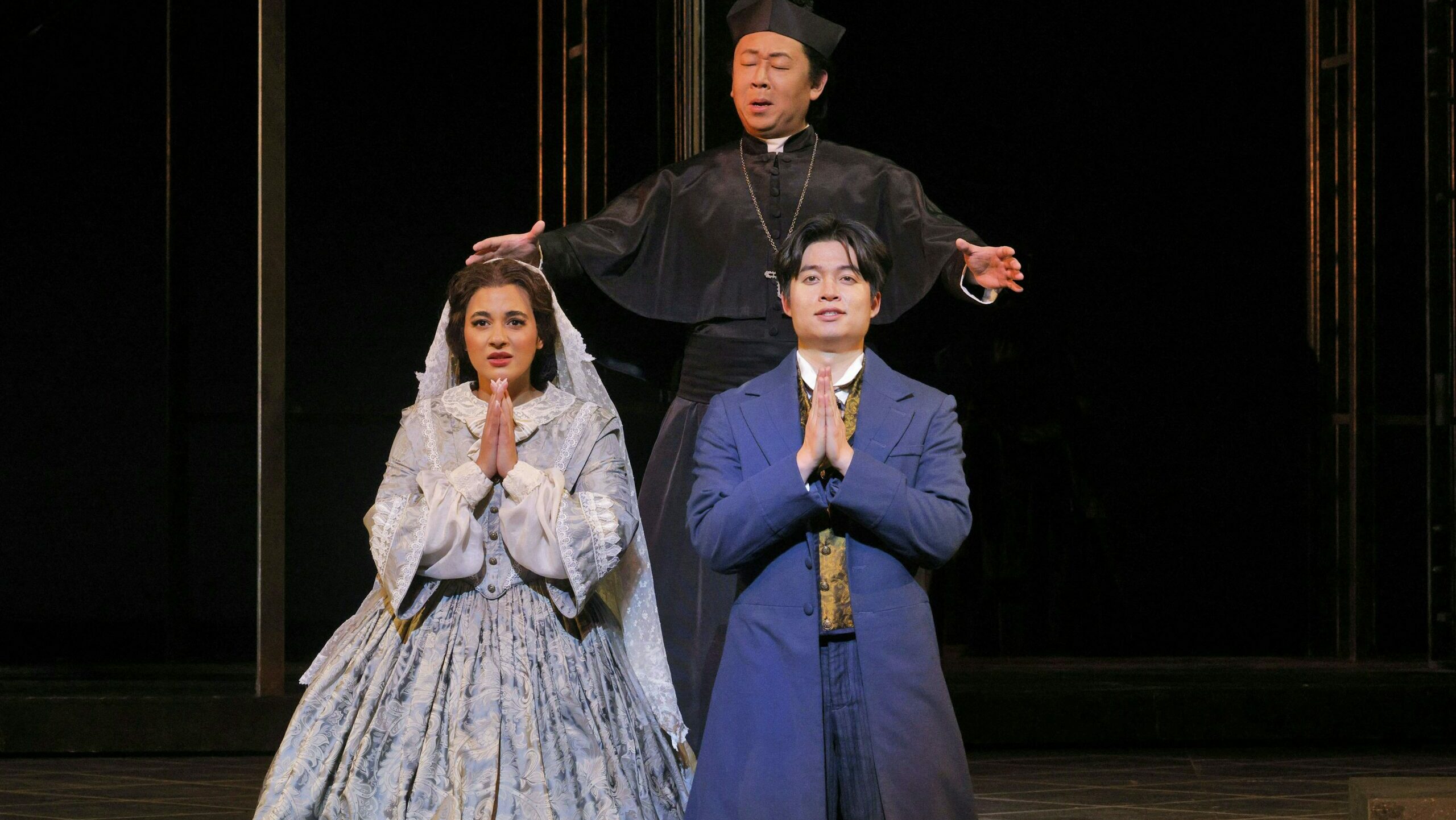
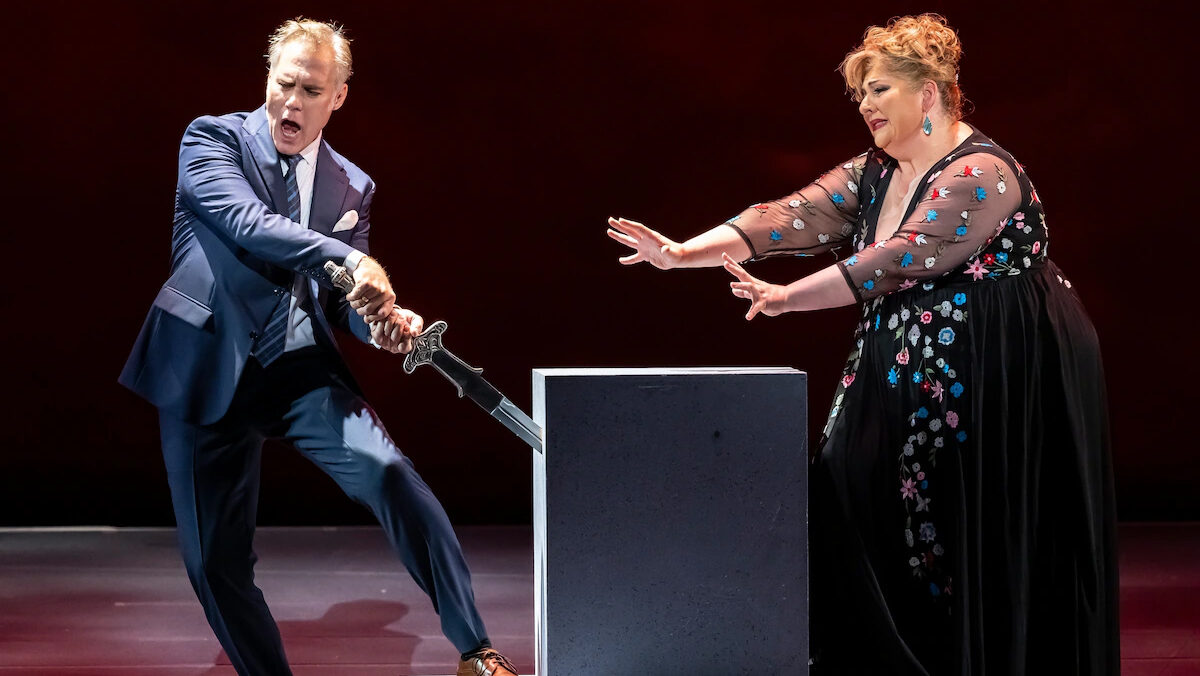
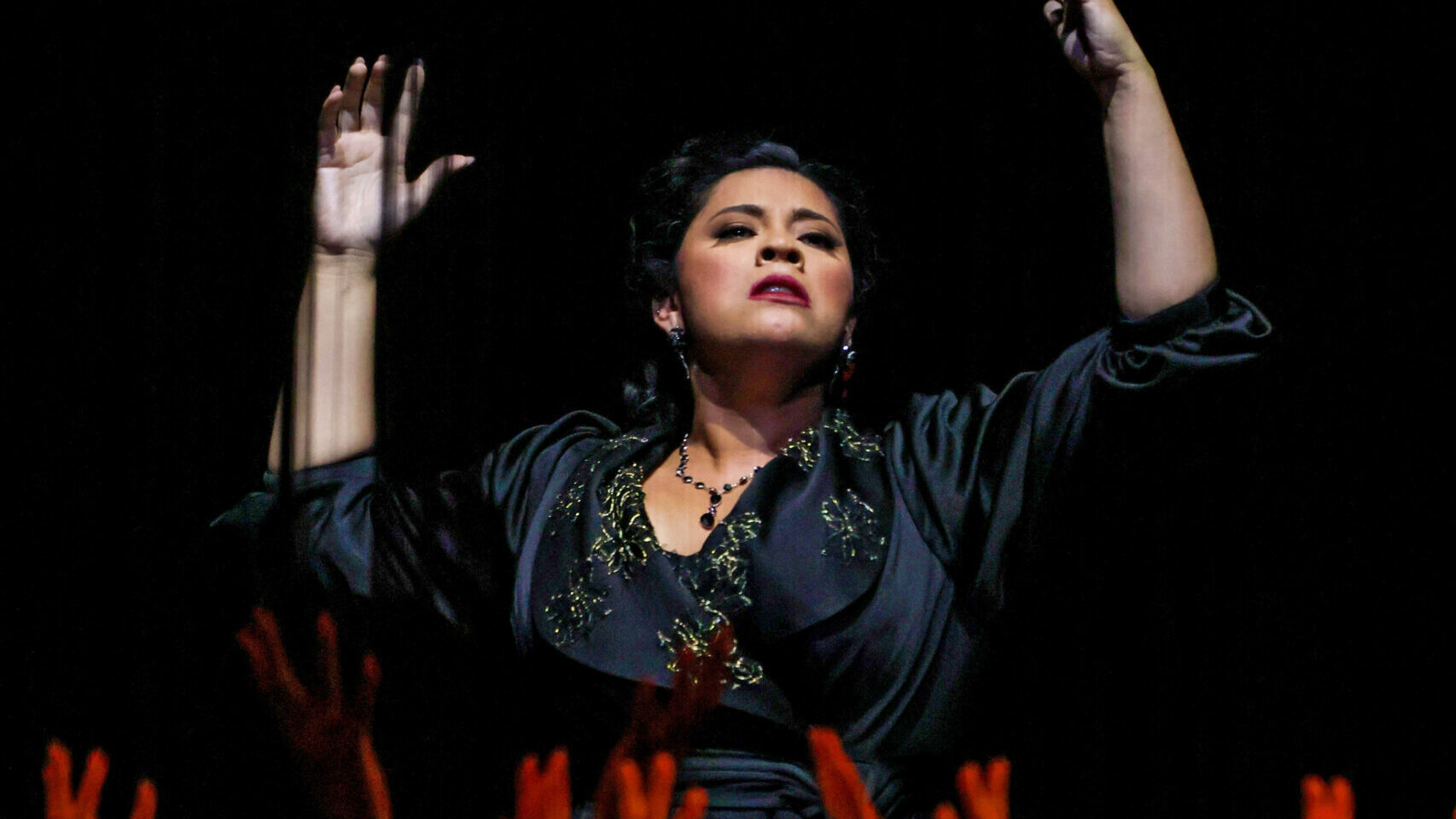
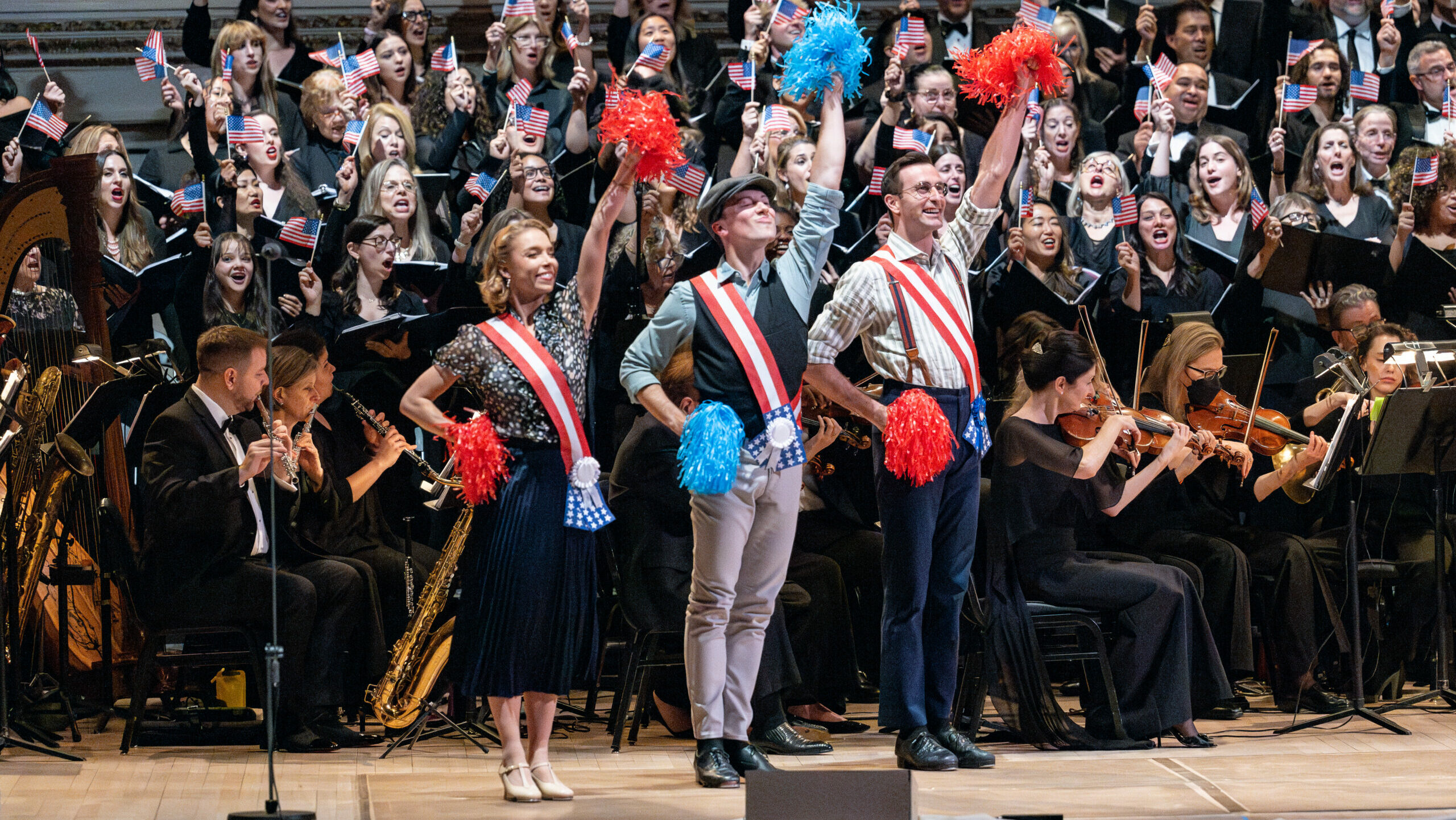
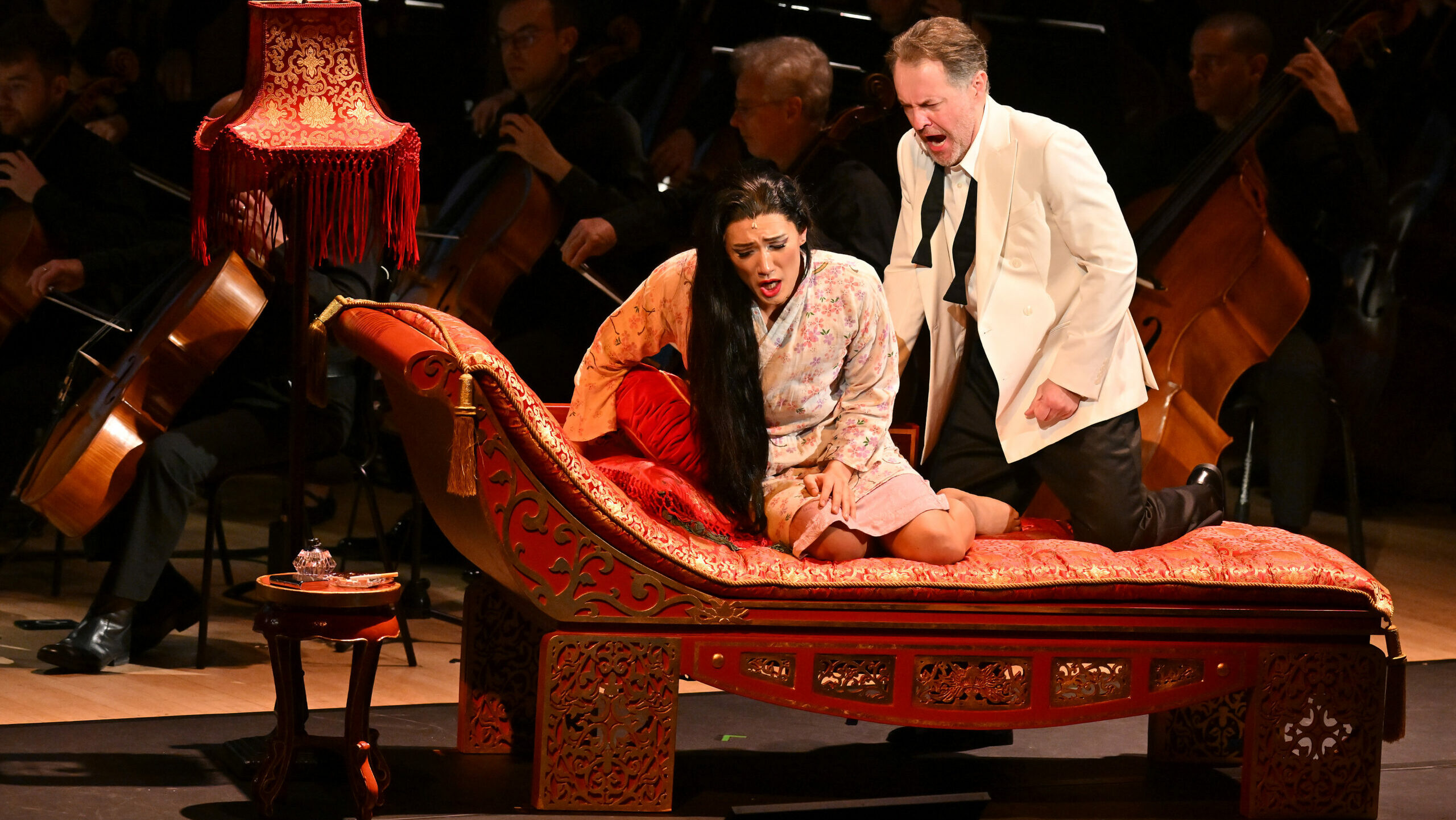
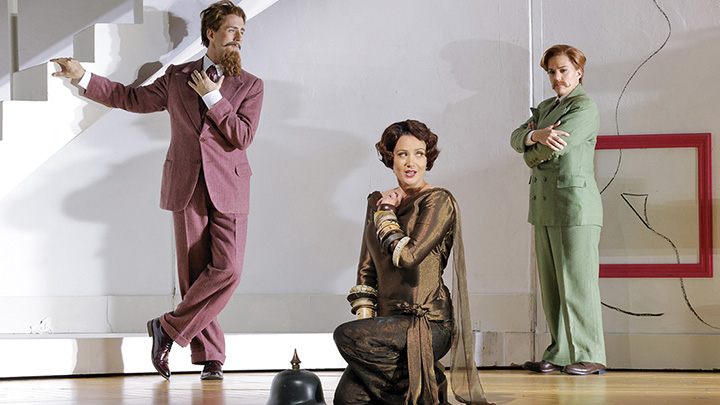
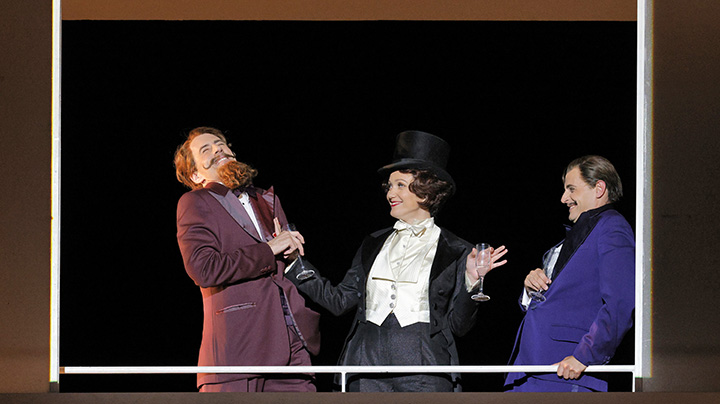
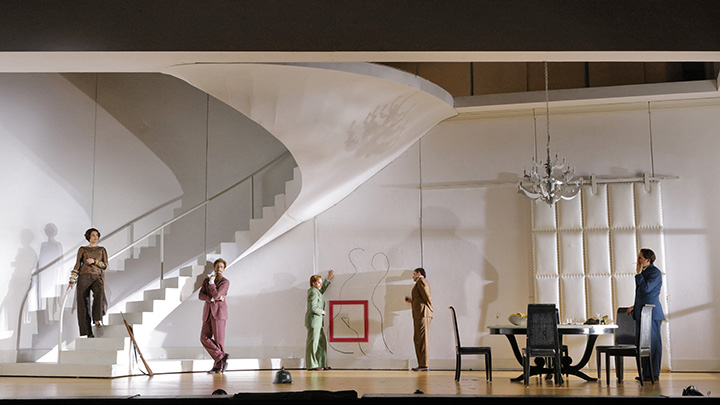
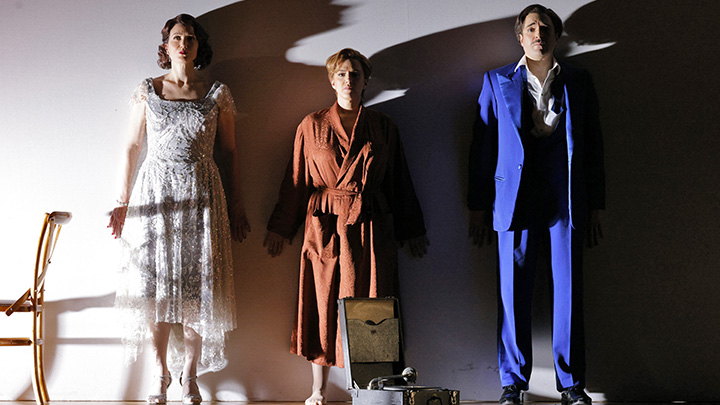

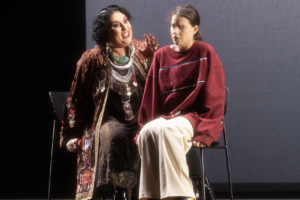
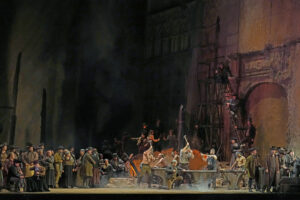



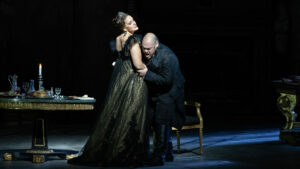
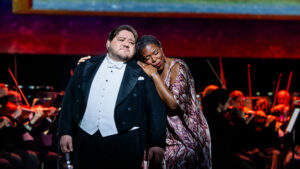




Comments